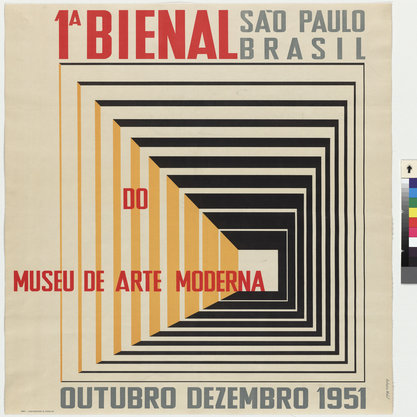Article
Goitia, Francisco (1882–1960) By Caplow, Deborah
Article
Francisco Goitia, born in Fresnillo in the state of Zacatecas, studied painting at Mexico City’s Academy of San Carlos from 1898 to 1904. His teachers were José Maria Velasco, Felix Parra, Julio Ruelas, Leandro Izaguirre, and Germán Gedovius. His fellow students included Diego Rivera, Roberto Montenegro, and Alfredo Ramos Martínez. In 1904 he left Mexico to study art in Spain and Italy, mostly in Barcelona. In Spain he saw the paintings of Velázquez, El Greco, and Goya, and was particularly impressed by Goya’s Disasters of War etchings. Returning to Mexico in 1912, Goitia joined the Mexican Revolution in the army of Francisco (Pancho) Villa and worked as an artist under the command of General Felipe Angeles. His paintings from 1914 to 1918 depict the atrocities he saw in the aftermath of battle, in contrast to his earlier work, which consisted of portraits, landscapes, and still lifes in an expressionistic, post-impressionist mode. After the Revolution, Goitia created paintings that explored themes of death, such as his 1927 Tata Jesucristo, his Paisaje de Santa Monica [Landscape of Santa Monica] (1950) and Cabeza de ahorcado [Head of a Hanged Man] (1959). In the 1950s, Goitia also produced a number of self-portraits that showcased his eccentric personality.

